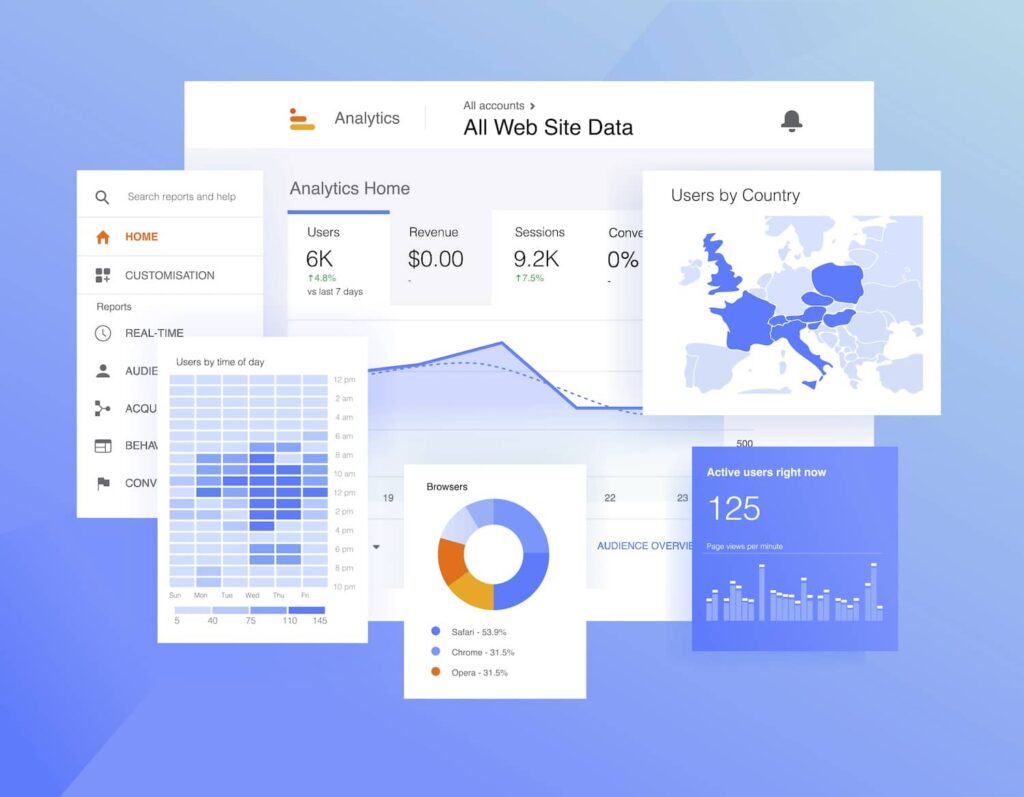Important Guide to Secondary Dimensions in Google Analytics: Definition, Benefits, and Applications
Wiki Article
Revealing the Influence of Secondary Measurement in Google Analytics on Information Evaluation and Insights
In the realm of information analytics, the use of secondary dimensions within Google Analytics has actually emerged as a crucial tool for extracting much deeper insights and unraveling complex patterns that may or else stay obscured. By peeling back the layers of key information collections, additional measurements provide a nuanced viewpoint that enhances the understanding of user habits, web site performance, and the performance of marketing methods. The true impact and untapped potential of additional dimensions are frequently ignored, outweighed by the attraction of main metrics. As we navigate via the detailed landscape of information evaluation, the significance of secondary measurements comes to be increasingly evident, losing light on critical details that hold the key to notified decision-making and calculated optimizations.Discovering the Principle of Second Dimensions
Second measurements in Google Analytics give extra insights by allowing individuals to assess primary information in conjunction with an additional attribute. By integrating second dimensions, customers can dig much deeper into the information and uncover beneficial connections that could otherwise go undetected - what is a secondary dimension in google analytics.By checking out the various additional dimensions offered in Google Analytics, individuals can unlock new insights and optimize their electronic marketing efforts. In significance, second dimensions serve as a powerful tool for enhancing data evaluation and driving workable results.
Enhancing Data Interpretation With Additional Measurements
Having actually developed the foundational understanding of second measurements in Google Analytics and their critical function in information analysis, the focus currently changes towards leveraging these secondary qualities to improve the interpretation of analytics data (what is a secondary dimension in google analytics). By incorporating secondary measurements right into data evaluation, experts can obtain deeper understandings into customer actions, web site efficiency, and advertising and marketing efficiency

Moreover, second dimensions assist in contextualizing key information metrics by supplying additional layers of information. This contextualization aids in comprehending the 'why' behind the data fads, aiding analysts make notified decisions and optimizations to enhance total efficiency. Inevitably, integrating secondary dimensions enhances the information analysis procedure, bring about even more meaningful insights and strategic activities.
Discovering Hidden Insights Via Additional Measurements
Checking out the depths of analytics information with secondary measurements reveals beneficial insights that would certainly otherwise continue to be covered. By incorporating secondary measurements in Google Analytics, companies can unearth surprise patterns, patterns, and correlations that provide an even more thorough understanding of customer behavior and website performance. These additional layers of information allow experts to dig deeper right into the key dimensions, such as web traffic resources or landing pages, and obtain a more nuanced point of view on just how different variables communicate he has a good point with each various other.Through using secondary dimensions, analysts can section and contrast data throughout numerous dimensions, enabling them to recognize certain aspects that influence individual involvement, conversion prices, and overall success metrics. By matching the key dimension of 'tool category' with the second dimension of 'age group,' marketers can pinpoint which age demographics prefer accessing the internet site through mobile gadgets versus desktop computers. This level of granularity equips services to make data-driven choices and optimize their approaches for far better outcomes. Inevitably, discovering concealed insights with secondary dimensions improves the deepness and accuracy of information analysis, bring about even more informed decision-making and enhanced performance outcomes.
Leveraging Second Dimensions for Actionable Analytics
Structure upon the insights introduced with secondary measurements in Google Analytics, businesses can currently harness this enriched data landscape to drive actionable analytics and strategic decision-making. By leveraging second measurements, companies can delve deeper into their data to remove beneficial patterns, trends, and connections that might have previously gone unnoticed. This deeper level of evaluation allows companies to acquire an extra comprehensive understanding of customer behavior, project efficiency, and overall website performance.One key benefit of utilizing second dimensions for workable analytics is the ability to section information based on certain standards. This division allows services to customize their projects and methods to various audience teams, leading to a lot more targeted and effective marketing initiatives - what is a secondary dimension in google analytics. Furthermore, second measurements provide a more alternative sight of customer communications, enabling services to maximize their internet site content, style, and general individual experience
Making The Most Of Decision-Making With Additional Measurements
To enhance tactical decision-making in analytics, leveraging additional measurements in Google Analytics can offer a much more nuanced perspective on user habits and project efficiency. By incorporating secondary dimensions into data analysis, services can delve deeper right useful content into the specifics of their website visitors' interactions and interaction patterns. This extra layer of details enables a more thorough understanding of how various variables, such as demographics, gadgets, or traffic resources, impact essential efficiency indicators.
Conclusion
To conclude, making use of secondary dimensions in Google Analytics plays an important role in boosting data evaluation and uncovering surprise insights. By discovering this concept, one can obtain navigate to this website a deeper understanding of user actions and make notified decisions based on actionable analytics. Leveraging additional measurements enables for an extra comprehensive analysis of information and maximizes the efficiency of decision-making procedures.
Report this wiki page